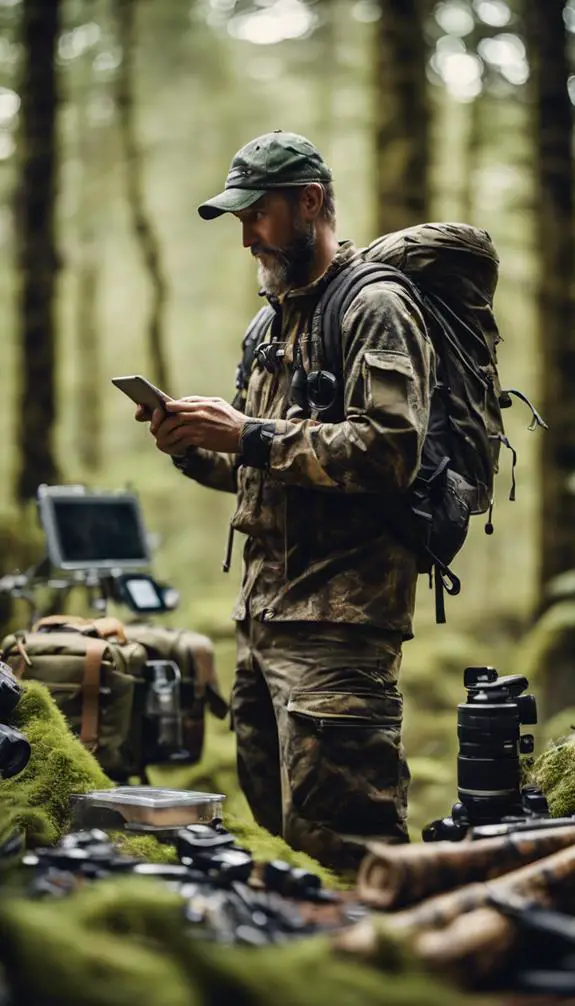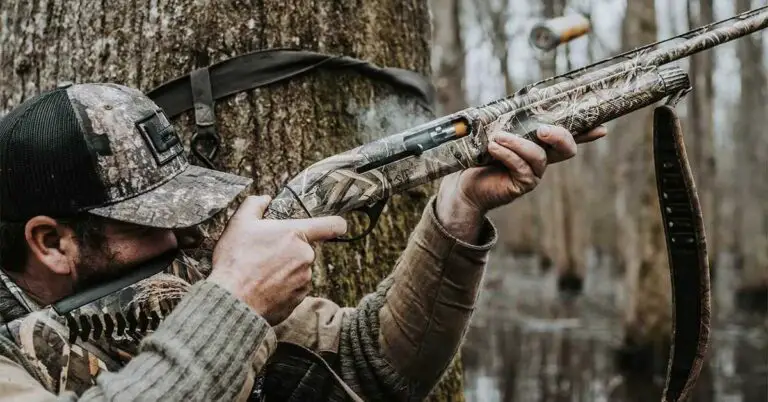As you prepare for the unexpected, you'll likely come across a wealth of acronyms and terms that seasoned preppers use with ease. But what do they really mean, and how can they benefit you in a survival scenario? From MREs to SURVIVAL Priority, understanding these essential terms can make all the difference in staying safe and healthy. As you start to build your emergency plan, it's vital to grasp these concepts – but where do you even begin?
Summary
- SURVIVAL Priority acronym helps prioritize critical steps in a wilderness survival scenario, focusing on Shelter, Uniform methods of fire starting, Radio communication, Vision, Indicators, Vital signs, and Action.
- Familiarity with water purification acronyms like SODIS, UF, and MCL guarantees access to safe drinking water in emergency situations.
- Understanding food storage abbreviations like MRE, FIFO, and FEFO ensures a reliable food stockpile and efficient stockpile management.
- Mastering navigation and orientation acronyms like azimuth, bearing, and declination provides confidence in wilderness situations and ensures correct direction.
- Familiarity with medical acronyms like MCI, MIH, RX, and ASA enables confident response in emergency medical situations.
Bug-Out Essentials
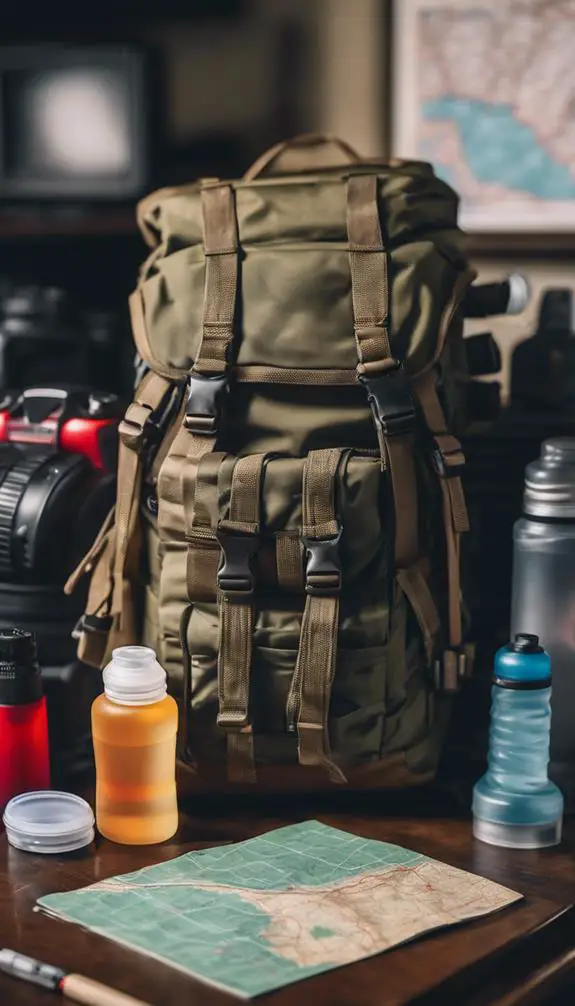
When disaster strikes, you'll need to evacuate quickly, and having the right gear is crucial.
Your bug-out checklist should include essential gear that'll help you survive the initial crisis and stay safe during the aftermath.
Prioritize items that provide shelter, warmth, and sustenance, such as a tent, sleeping bag, and water purification tablets.
Don't forget a first-aid kit, multi-tool, and flashlight to help you navigate through uncertain situations.
Pack a portable stove and fuel to prepare hot meals, and consider adding a water filter or purification tablets to guarantee access to clean drinking water.
Remember to check your bug-out bag regularly to confirm everything is up-to-date and in working order.
Emergency Communication Codes
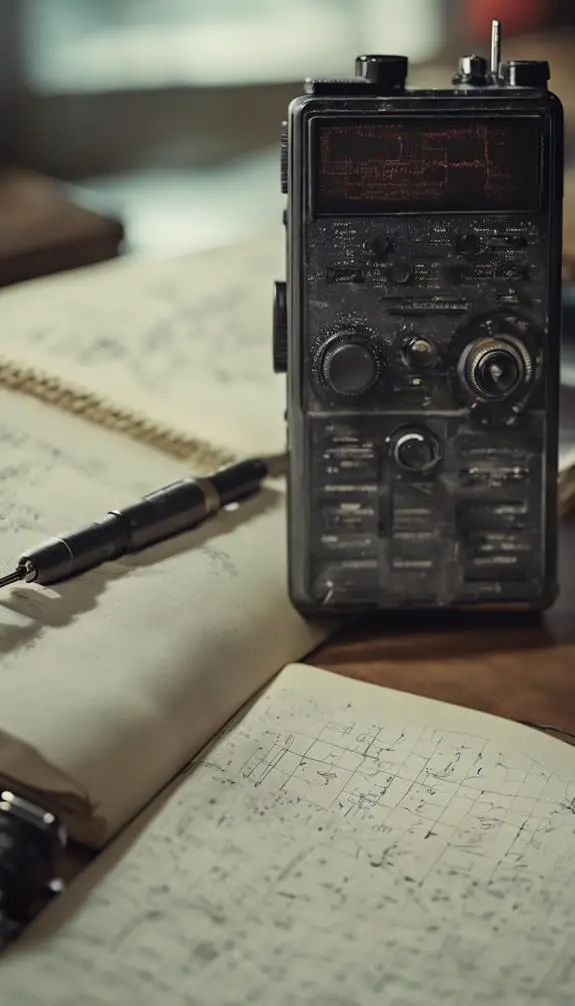
You'll need to know radio communication codes to convey critical information efficiently during emergencies.
Familiarize yourself with emergency signal protocols, such as Mayday and Pan-Pan, to alert authorities and receive timely assistance.
Understanding these codes can mean the difference between life and death in a survival situation.
Radio Communication Codes
Operating in the wilderness or during emergency situations often necessitates reliable radio communication to convey critical information efficiently.
As a prepper, you'll need to understand radio communication codes to guarantee seamless coordination with your team. Familiarize yourself with radio etiquette tips, such as using clear and concise language, avoiding unnecessary chatter, and following established communication protocols.
A thorough overview of communication protocols will help you understand the importance of brevity, clarity, and precision in emergency situations. Mastering radio communication codes will enable you to convey crucial information quickly and accurately, certifying the safety and success of your mission.
Emergency Signal Protocols
In emergency situations, every second counts, and sending the right distress signal can mean the difference between life and death.
When you're in a survival situation, you need to convey your distress to potential rescuers quickly and effectively.
Emergency signal protocols are a set of standardized signals that convey your distress and location.
You can use a Signal Fire, building three fires in a triangle to signal distress, or a Mirror Flash, reflecting sunlight towards any potential rescuers during the day.
Other signals include whistle blasts, smoke signals, and flares.
Survival Priority Acronyms
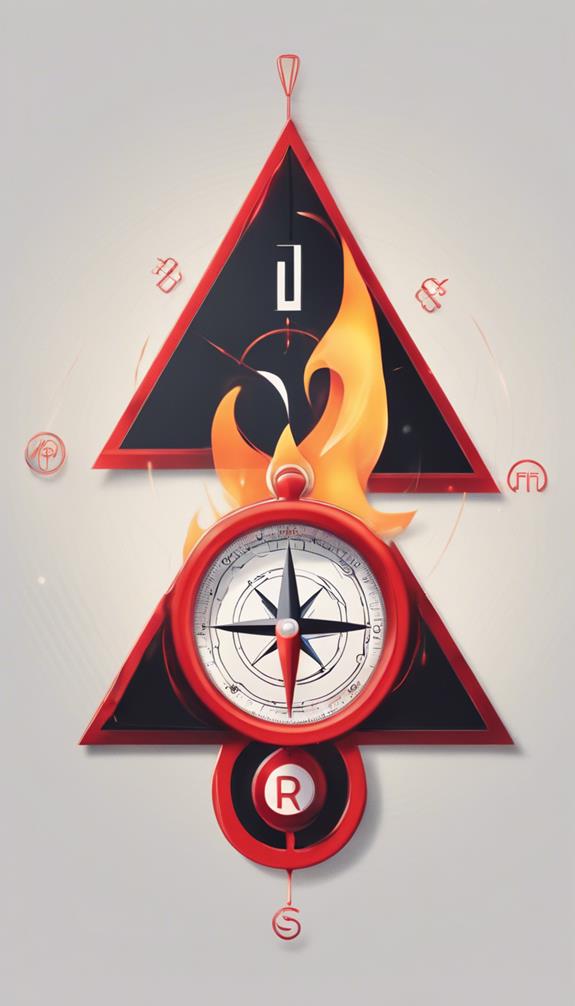
When you're in a survival situation, remembering priority acronyms can be a lifesaver.
You'll need to focus on the most critical tasks first, and that's where the Rule of Threes and SURVIVAL Priority come in.
These acronyms will help you prioritize your efforts, ensuring you address the most pressing needs first.
Rule of Threes
You're likely familiar with the Rule of Threes, a foundational concept in survival prioritization.
This principle emphasizes the importance of addressing your Basic Needs in a specific order to increase your chances of survival in a Wilderness Survival scenario.
The Rule of Threes states that you can survive three minutes without air, three hours without shelter, three days without water, and three weeks without food.
This hierarchy of needs highlights the critical importance of securing air, shelter, and water before focusing on food.
SURVIVAL Priority
Beyond the Rule of Threes, another valuable tool for prioritizing your efforts in a wilderness survival scenario is the SURVIVAL Priority acronym.
This acronym helps you remember the most critical steps to take in a survival situation, ensuring you're focusing on the most essential tasks first.
SURVIVAL stands for Shelter, Uniform methods of fire starting, Radio communication, Vision (first aid and navigation), Indicators (signaling), Vital signs (health monitoring), and Action (movement and planning).
By following this prioritization strategy, you'll maintain a clear survival mindset and allocate your resources effectively.
Self-Defense Terminology

Self-defense terminology forms the foundation of effective self-protection skills, allowing individuals to communicate efficiently and execute techniques with precision.
When you're trained in martial arts, understanding self-defense terminology helps you respond appropriately to threats. Threat assessment analysis is critical in identifying potential dangers and developing strategies to counter them.
You'll learn to recognize and respond to verbal and physical cues, de-escalate confrontations, and employ effective countermeasures. Familiarize yourself with terms like "target focus," "primary aggressor," and "defensive mindset" to enhance your self-defense skills.
Shelter and Protection Terms

You'll need to identify secure shelter options to protect yourself from harsh weather conditions and potential threats.
When establishing a shelter, consider defensive positioning strategies to maximize your safety and visibility.
Secure Shelter Options
How prepared are you to face the elements without a secure shelter?
When it comes to survival, having a reliable shelter is vital. You need to ponder shelter location and security to safeguard your safety.
Look for areas with natural protection from wind, rain, and extreme temperatures. Avoid low-lying areas prone to flooding and opt for elevated spots with good visibility.
Assess the shelter's security features, such as its durability, camouflage, and accessibility. A well-chosen shelter location can be the difference between life and death.
Ponder investing in a portable shelter or building a permanent one in a strategic location. Remember, a secure shelter is your first line of defense against the elements and potential threats.
Defensive Positioning Strategies
Having secured a reliable shelter, your next priority is to optimize its defensive positioning to guarantee maximum protection from potential threats.
You'll want to ponder the principles of urban warfare and identify the most vulnerable points of your shelter. This includes windows, doors, and any other potential entry points.
Implementing a tactical retreat strategy is vital in case your shelter is compromised. Identify escape routes and designate a rally point for your group.
Use natural or artificial barriers to funnel potential threats into kill zones, allowing you to defend your shelter more effectively. By optimizing your defensive positioning, you'll substantially increase your chances of survival in a hostile environment.
Water Purification Lingo
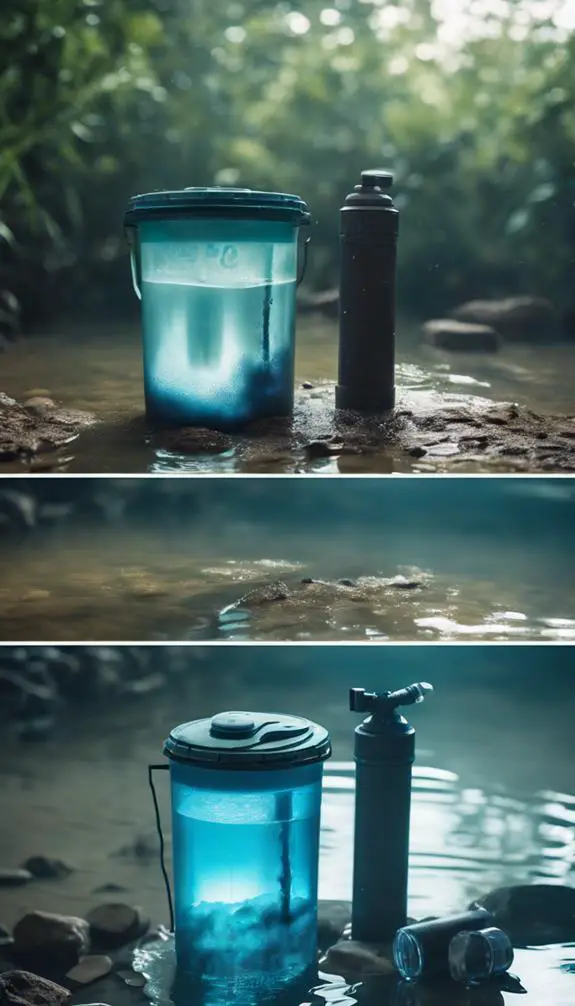
Water purification techniques rely on a set of acronyms that facilitate effective communication among outdoor enthusiasts and emergency responders.
You'll commonly come across terms like SODIS (Solar Disinfection), which uses UV rays to eliminate waterborne pathogens. Another method is UF (Ultrafiltration), which removes particulate matter and bacteria through filtration methods.
You might also encounter terms like MCL (Maximum Contaminant Level), which refers to the maximum amount of a contaminant allowed in drinking water.
Familiarizing yourself with these acronyms will help you navigate water purification techniques and guarantee access to safe drinking water in emergency situations.
Food Storage Abbreviations
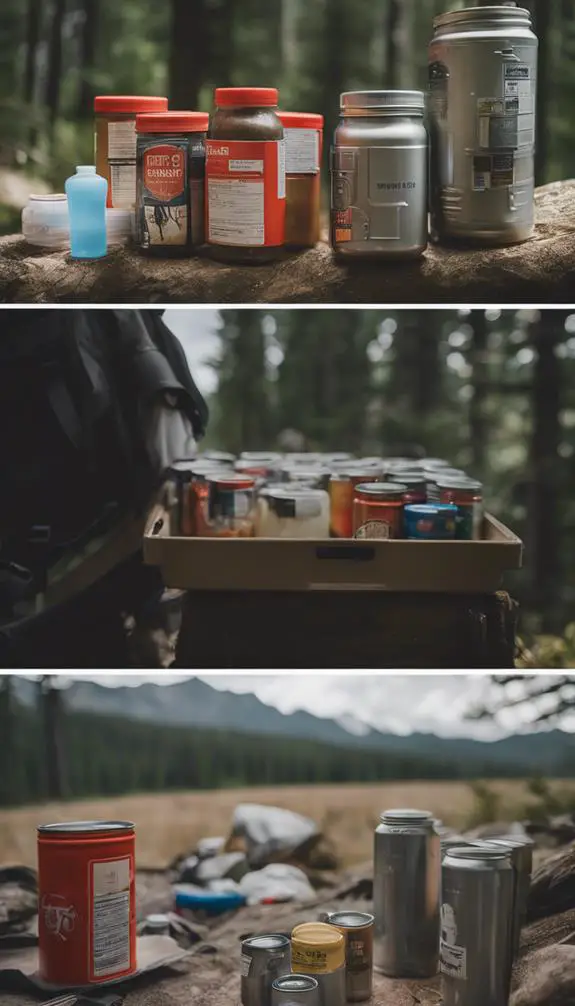
Throughout emergency preparedness and outdoor adventure communities, you'll frequently encounter food storage abbreviations that guarantee you're well-equipped to handle any situation.
Familiarizing yourself with these terms is pivotal to creating a reliable food stockpile. Two essential concepts to grasp are FIFO (First-In, First-Out) and FEFO (First-Expired, First-Out), which form the basis of effective Food Rotation Plans.
These plans safeguard older items are consumed before they expire, reducing waste and maintaining a fresh supply. Understanding Shelf Life Strategies is also imperative, as it enables you to prioritize storage based on a product's expiration date.
First Aid and Medical Terms
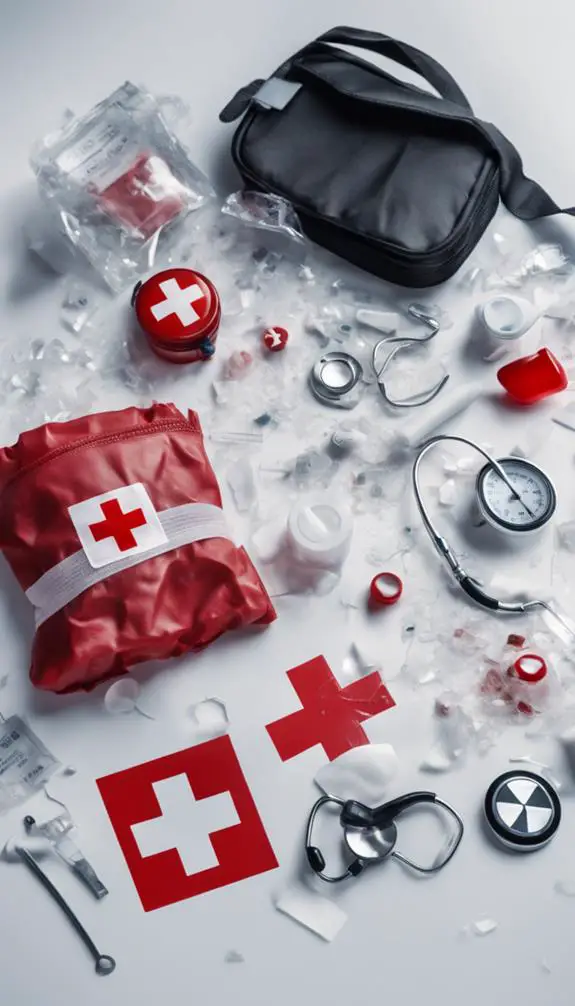
Get familiar with essential first aid and medical terms to respond confidently in emergency situations.
You'll encounter acronyms like MCI (Mass Casualty Incident) and MIH (Medical Incident Handler). Knowing these terms helps you prioritize care and communicate effectively with medical professionals.
Stock your medical supplies with essentials like bandages, antibiotics, and pain relievers.
Understand trauma care concepts like hemorrhage control, wound cleaning, and shock management.
Familiarize yourself with medical abbreviations like RX (prescription) and ASA (acetylsalicylic acid, or aspirin).
Having a solid grasp of first aid and medical terminology guarantees you're prepared to respond swiftly and effectively in life-threatening situations, giving you and your loved ones a better chance of survival.
Navigation and Orientation

You've mastered the language of first aid and medical terms, now it's time to chart your course in the wilderness.
Navigation and orientation are essential skills for any prepper. You need to know how to find your way, even when modern technology fails.
Celestial navigation, the art of using the sun, moon, and stars to determine your position, is a pivotal skill.
You should also be proficient in map reading, understanding how to interpret topographic maps, and use a compass to stay on course.
Familiarize yourself with terms like azimuth, bearing, and declination to guarantee you're always headed in the right direction.
Mastering navigation and orientation will give you the confidence to venture into the unknown, knowing you can find your way back.
Power and Energy Acronyms
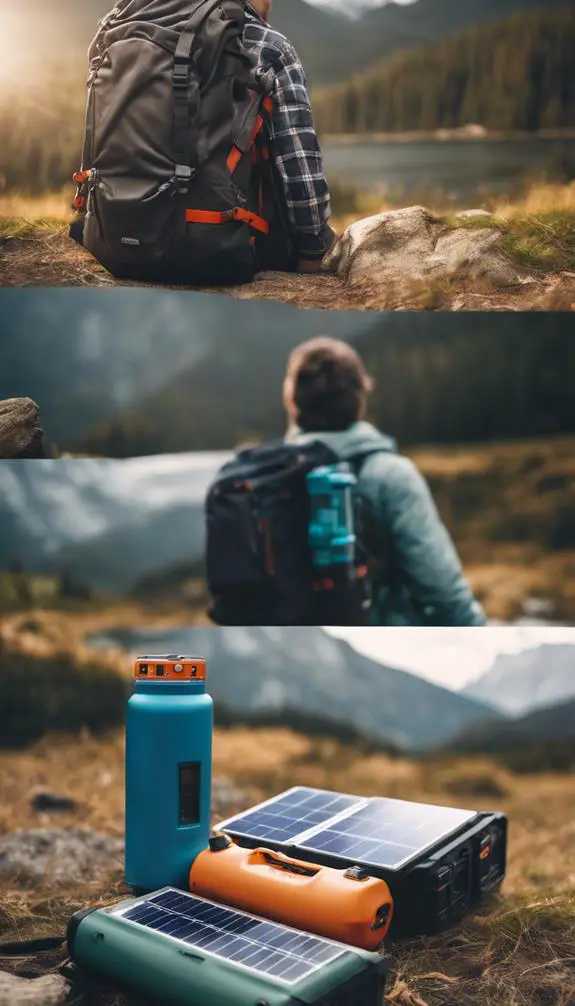
When disaster strikes, one of the first things to go is the power grid, leaving you in the dark – literally.
As a prepper, you know that energy independence is key to survival. Familiarize yourself with power and energy acronyms to stay ahead of the game.
PV stands for Photovoltaic, referring to solar panels that convert sunlight into electricity. RECs, or Renewable Energy Certificates, represent the environmental attributes of one megawatt-hour of renewable energy.
Look for systems with high Ah, or Ampere-hour, ratings to guarantee maximum energy storage. Understand the difference between AC (Alternating Current) and DC (Direct Current) power to optimize your renewable systems.
Vehicle Preparation Terms

Frequently, a well-maintained vehicle can be a lifeline during a disaster, providing transportation, shelter, and a means of escape.
To guarantee your vehicle is ready, you'll want to create a Vehicle Inspection Checklist, covering essential systems like oil, coolant, transmission, and brakes.
Regularly check and maintain these systems to prevent breakdowns.
You should also consider Off Grid Recovery, which involves equipping your vehicle with tools and equipment to recover from being stuck or stranded.
This might include items like winches, tow straps, and spare tires.
Personal Safety and Security
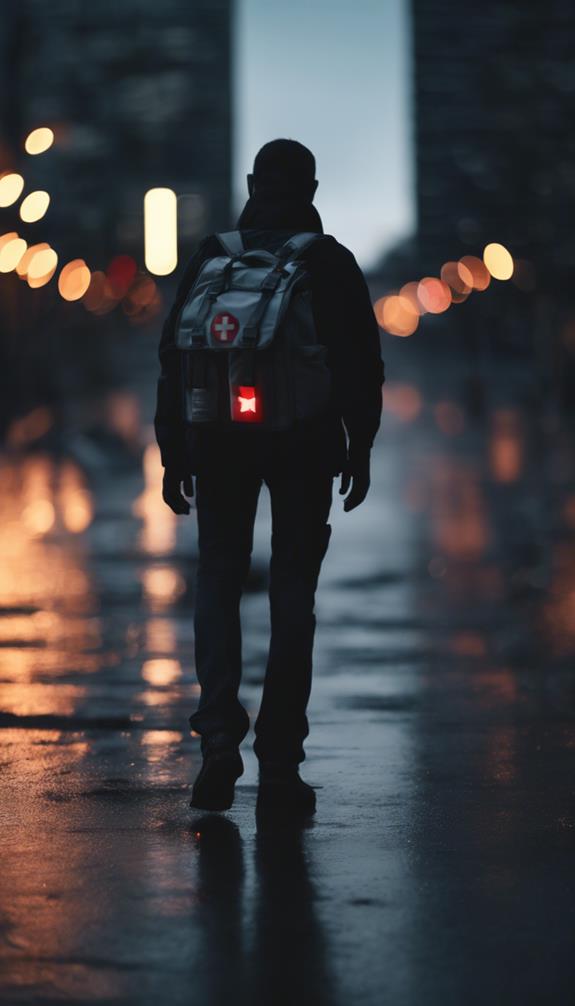
Your vehicle is ready to navigate uncertain situations, but what about you?
Personal safety and security are just as vital as vehicle preparation. Conduct a risk assessment to identify potential threats to your well-being.
This involves recognizing vulnerabilities, anticipating dangers, and evaluating the likelihood of their occurrence.
Perform a threat analysis to categorize and prioritize potential risks, such as physical harm, property damage, or emotional distress.
Develop strategies to mitigate or eliminate these threats, including self-defense training, situational awareness, and emergency communication protocols.
Post-Disaster Scenarios
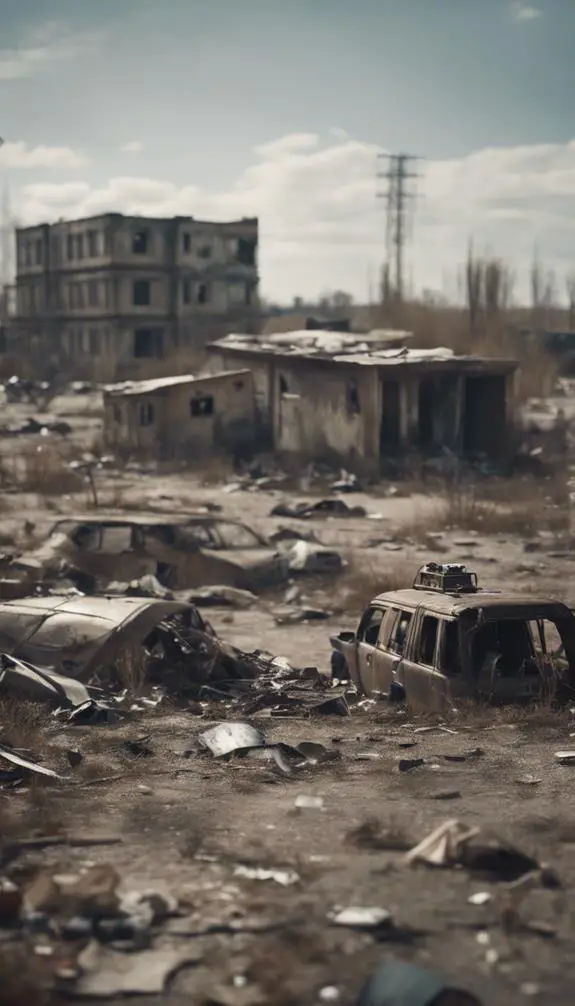
In the aftermath of a disaster, you're left to navigate the ruins and rebuild.
Your priority is to safeguard your survival and the well-being of your loved ones. This is where your prepping skills and knowledge come into play.
You'll need to execute your Disaster Response plan, which includes evaluating damage, treating injuries, and securing food, water, and shelter.
As you shift into the Disaster Recovery phase, you'll focus on rebuilding and restoring your community.
This may involve collaborating with neighbors, establishing communication networks, and adapting to new circumstances.
Effective Disaster Response and Recovery strategies are vital to minimizing the impact of a disaster and regaining control of your life.
FAQs
What Is the Ideal Age to Start Teaching Children Survival Skills?
You should start teaching kids survival skills around age 5, focusing on basic concepts like fire safety and water purification, to foster youth engagement and family involvement, setting them up for a lifetime of self-sufficiency and independence.
Can I Use My Smartphone as a Survival Tool?
You can leverage your smartphone as a survival tool by downloading Emergency Apps like bivvy or SARTopo, and utilizing Wilderness Navigation features like GPS and compass, to stay on track and call for help when needed.
How Do I Maintain My Prepper Gear and Supplies?
You'll verify your prepper gear and supplies remain operational by conducting regular gear inspections and implementing supply rotations, guaranteeing your equipment stays in top condition and your stockpile remains fresh and effective.
What's the Best Way to Stay Informed About Potential Threats?
You'll stay informed about potential threats by monitoring reputable news feeds and threat assessments from trusted sources, such as government agencies and specialized intel groups, to stay ahead of emerging risks and make informed decisions.
Can I Be a Prepper on a Limited Budget?
You can be a prepper on a limited budget by focusing on frugal prepping strategies and budget-friendly essentials, such as DIY projects, second-hand gear, and cost-effective food storage, allowing you to prepare without breaking the bank.
Conclusion
You've now mastered the essential acronyms and terms preppers use to stay ahead in emergency situations. From bug-out essentials to post-disaster scenarios, you're equipped to respond confidently and efficiently. Remember, survival depends on swift decision-making and effective communication. With these acronyms and terms at your fingertips, you'll navigate critical situations with precision, ensuring your safety and the safety of those around you. Stay vigilant, stay prepared!



